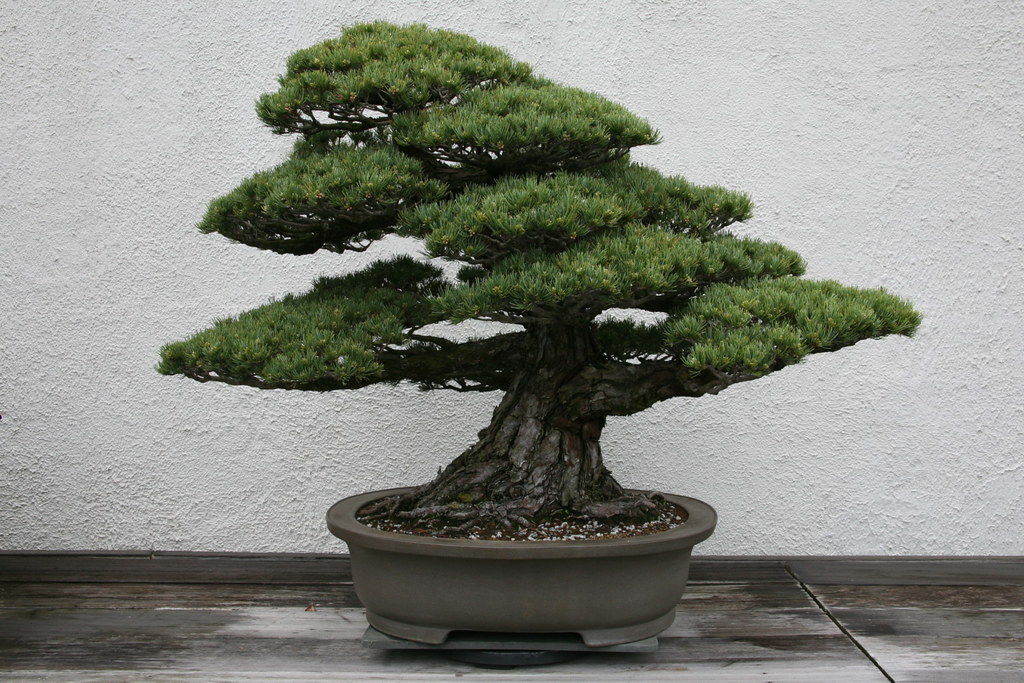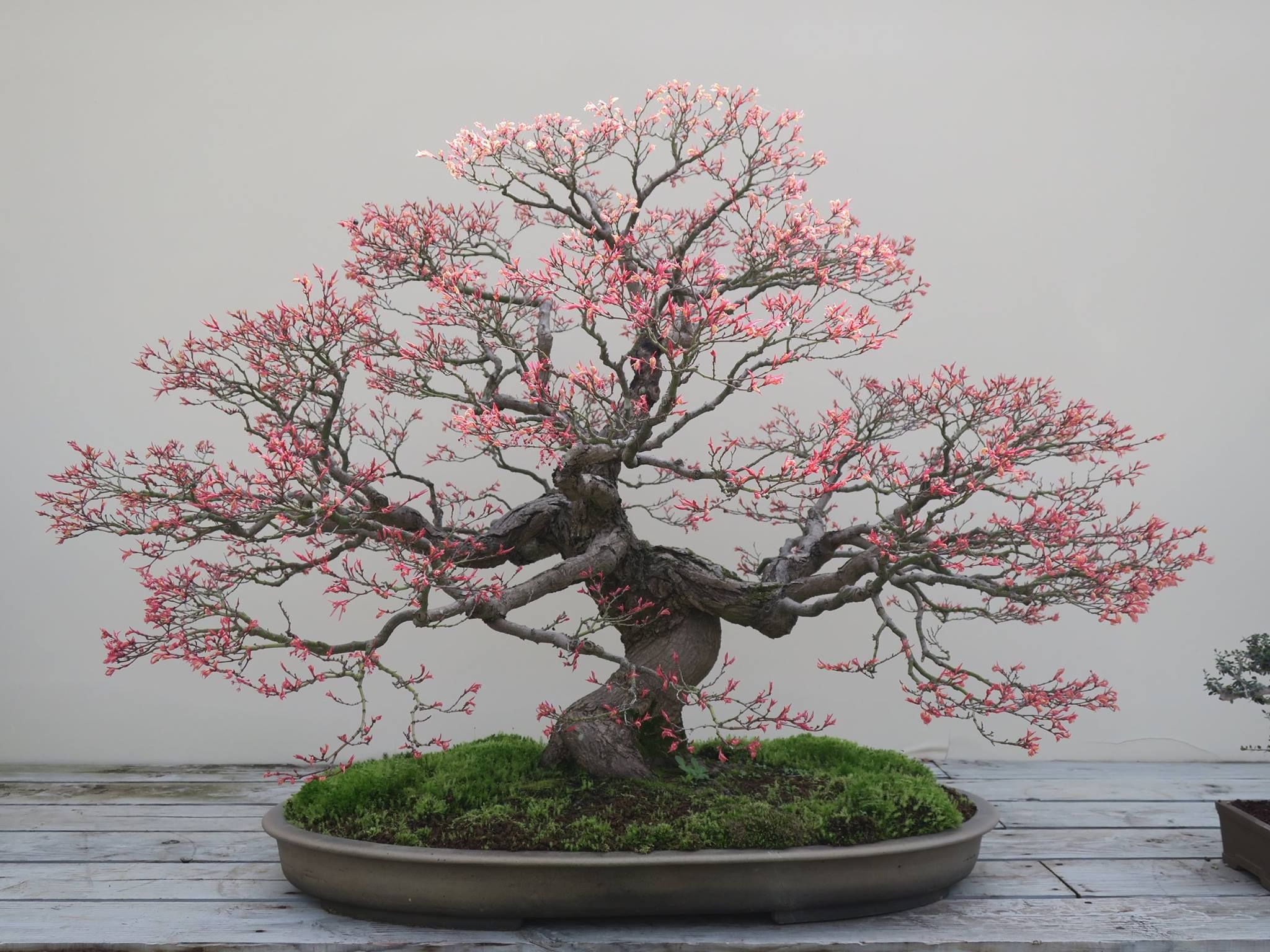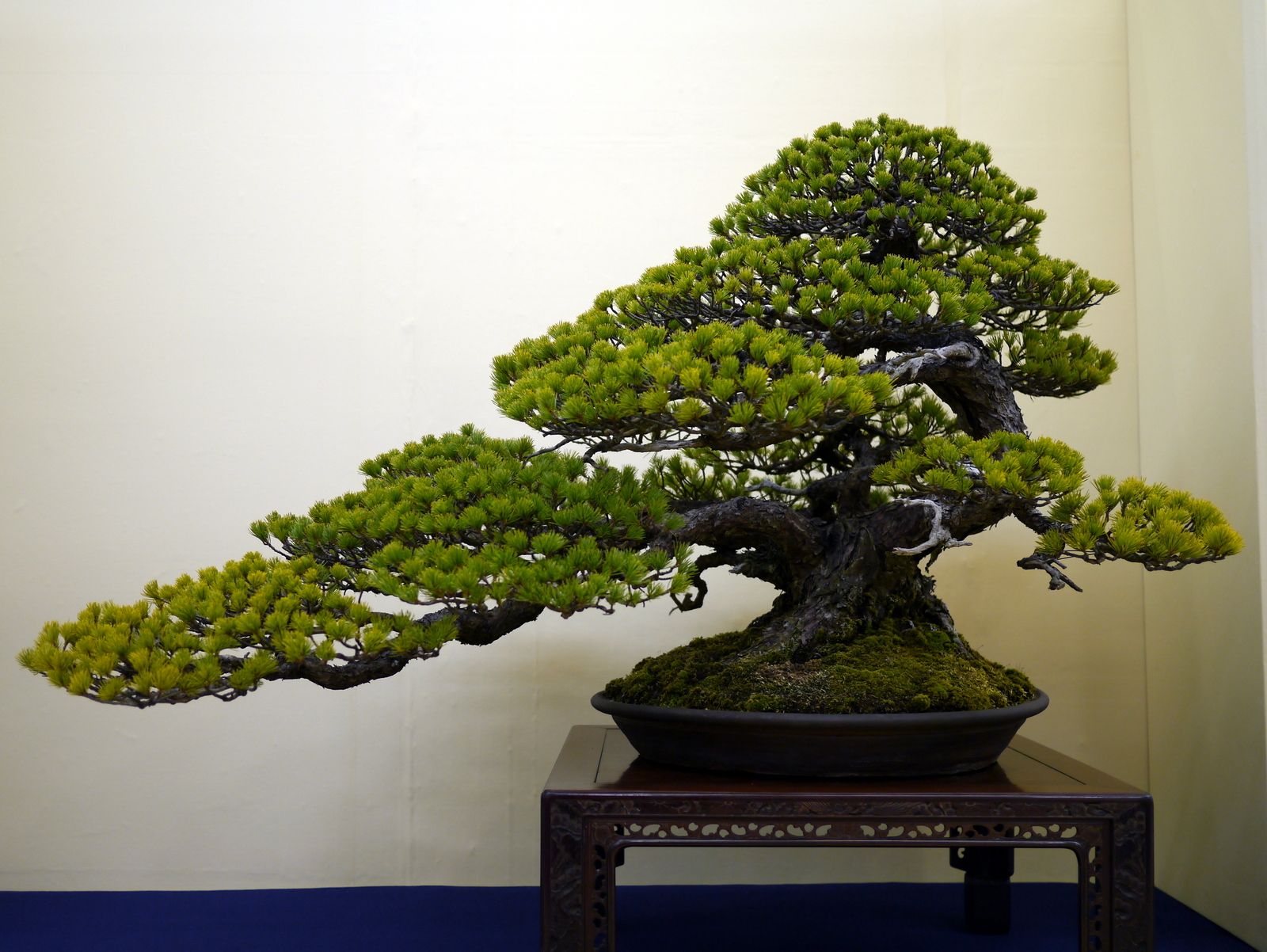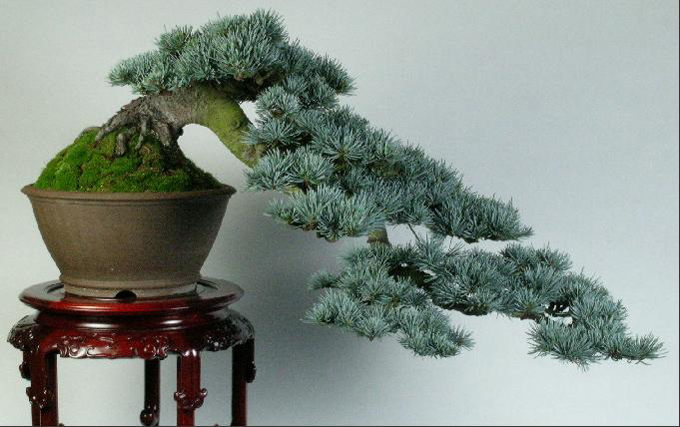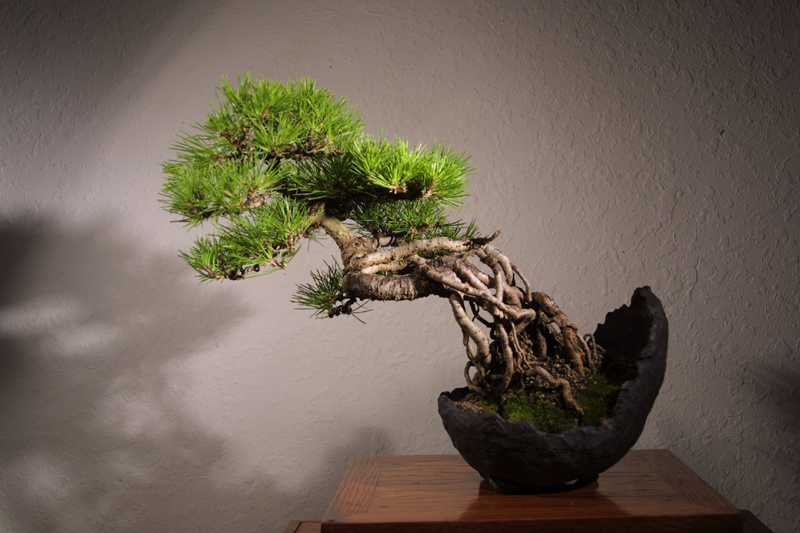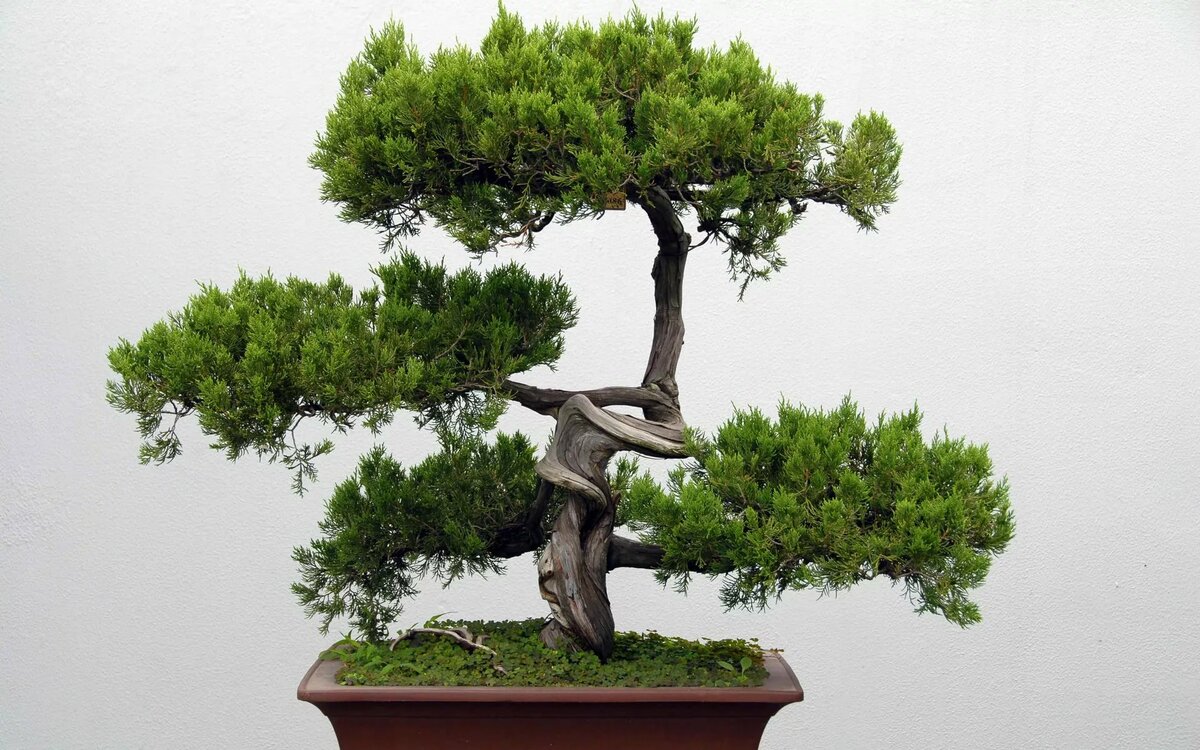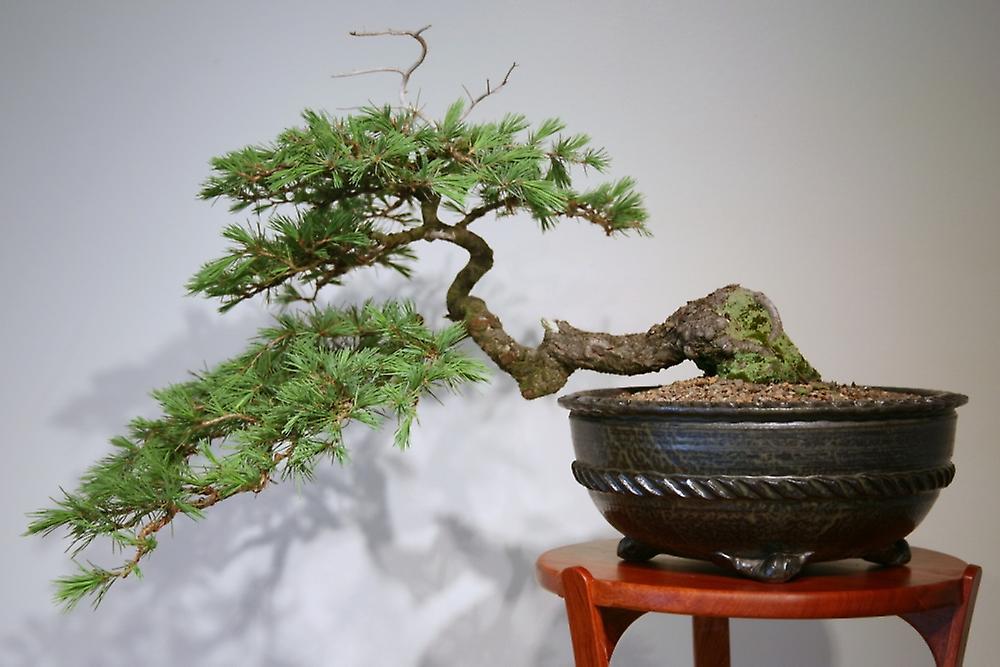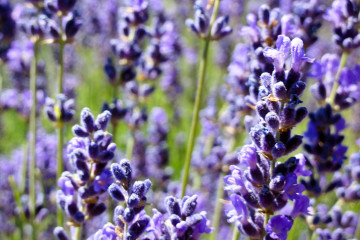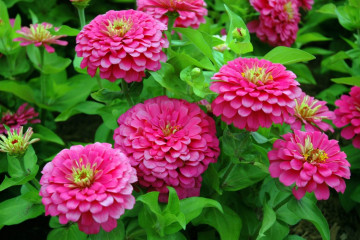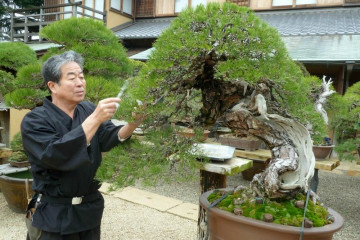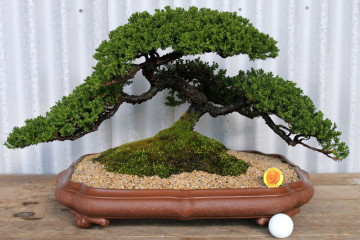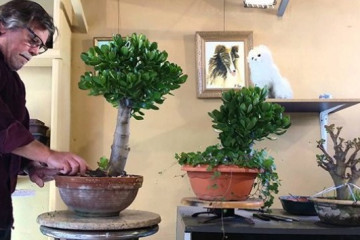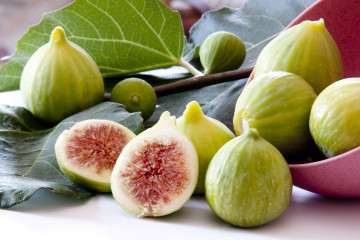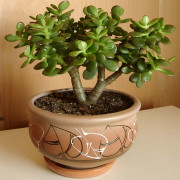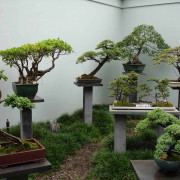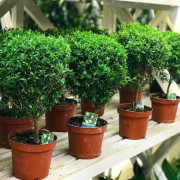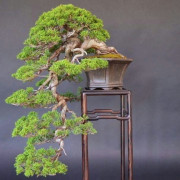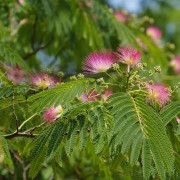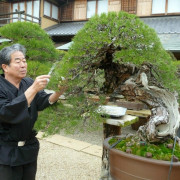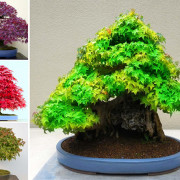Bonsai seeds - growing at home
Content:
Bonsai art came from Japan and China. Initially, miniature trees were grown by Buddhist monks, but over time, an unusual hobby turned into a secular one. Nowadays, fans of tiny spruces, pines and lindens are found all over the world, while planting trees is possible by seed.
Popular types of trees for growing
Literally translated, the art of bonsai means "growing in a tray." It allows you to get smaller copies of ordinary trees, conifers and deciduous trees by cutting roots, pruning shoots, using a substrate poor in minerals. To create a unique garden of dwarf crops with a height of 2 to 110 cm, trees with long growth are used.
There are several groups of plants that can be grown in miniature:
- The lowest plants are from 9 to 20 cm tall. These are juniper, spruce, irga.
- A height of 20-30 cm. Suitable for barberry, pine, maple.
- Reaching 30-70 cm. These are Scots pine, birch, hazel.
- Trees up to 60-100 cm. Choose oak, larch, black pine.
- The tallest representatives, more than 100 cm, are grown in this way acacias, chestnuts, plane trees.
Some of the best seed bonsai plants include the pepper tree or zanktoxylum, an unpretentious evergreen with dark bark and large feathery leaves that give off a pleasant aroma. Good for creating living artwork.
A tiny variation of the olive tree also looks original, it is with it that beginners are recommended to start working. The tree has an unusual gray bark; the flowering period occurs in late summer - early autumn.
Processing and germination rules
Bonsai seeds can be processed for subsequent germination in several ways. The preparation of seeds for germination is called stratification.
Cold way
The method is chosen when the bonsai seeds need ripening. Relevant for thuja, pine, blue spruce. The step-by-step sequence of actions is as follows:
- Soak the seeds in warm water for 24 hours.
- Transfer of seed to the refrigerator. The time of exposure to cold depends on the variety. For southern tree species it lasts about 60 days, for northern tree species - up to six months.
Thus, it is possible to create a temperature difference similar to what occurs in the natural environment.
Instead of a refrigerator, you can place your bonsai seed in cold soil such as perlite or wet sand. After that, the containers are transferred to a cool, but well-ventilated room, for example, a balcony.
The seeds are checked twice a month, the rotten and spoiled ones are thrown away, the hatched ones should be planted immediately.
Warm stratification
The main purpose of the procedure is to awaken the seeds for bonsai. The required mode is humidity 70%, temperature - +20 ℃. It is carried out in several ways:
- The seeds are placed between layers of damp cloth and placed in a bright spot where the sprouts will appear.
- Instead of napkins, it is permissible to use a wet sponge or coconut substrate.
To create a greenhouse effect, the structure is covered with a film.
Combined processing method
Thus, pre-planting preparation of seeds of cedar and maple, sakura and other crops with a long growth cycle is carried out. This stratification presupposes the alternation of the effects of cold and heat. In the first stage, bonsai seeds are placed in cold water or taken out in a cool room. And just before planting - in a warm liquid. This allows the seeds to germinate quickly.
Soil and container for growing bonsai
Considering how to grow bonsai from seeds at home, it is impossible to ignore the rules for choosing soil. The most preferred option is coarse sand, pre-calcined in the oven. They do it like this:
- The sand is washed in several waters.
- Pour a thin layer onto a baking sheet.
- Place in the oven for 30 minutes at 180 ℃.
To plant bonsai plants, clay granulate is suitable, which retains moisture well. Humus is also used for planting, heather soil of high acidity is especially good.
For conifers, a little crushed needles of the selected plant are added to the soil. The substrate itself is a mixture of equal amounts of leafy earth, sand and humus. Deciduous trees grow best on baked clay mixed with lava and pumice. Fruit crops feel comfortable in a composition of leafy soil and compost, taken in a 1: 1 ratio.
Before planting bonsai seeds, you need to choose a pot. Flat wide models are suitable for conifers, and oval or round ones for trees with a curved crown. If the plant has a wide powerful trunk, then a rectangular deep container is acquired for it. For representatives of flora with an open root system, a narrow but deep container is suitable.
The material for the pot can be anything: ceramics, clay, glass, even wood. But it is better to refuse cheap plastic - it does not differ in a long lifespan, and bonsai trees negatively perceive the transplant.
The color and decoration depend on the will of the owner, but you should not purchase a richly decorated vessel - it will distract attention from the living composition. The correct choice for bonsai is a light container. Cultures are planted in dark brown, black, even pink pots.
Features of sowing seeds and plant care
Disembarkation is carried out in spring or summer, it is also allowed in the first autumn month. The substrate is poured into the selected container so that about 2.5 cm remains to the edge. Then sprouted seeds are split into a row on the prepared soil. They are sprinkled with a thin layer of sand, then pressed down with a wooden circle and carefully irrigated.
Next, the container is covered with a film or bag and transferred to a dark place (the temperature should not be higher than +14 ℃).
After the sprouts appear, the film is removed, and the pots are mixed in a lighted place, under a lamp or on a windowsill. The formation of seedlings - removal of 2/3 of the main root - is carried out in 2-3 months.When the height of the bonsai trunk has reached 10 cm, the trees are planted in separate containers and begin to form a crown.
Features of agricultural technology of Japanese and red maple
The collection of bonsai seeds begins in autumn, the duration of stratification is 120 days. Seeds should be planted in April or early May.
Maple is good because it can have leaves of various colors, not only the usual green, red or yellow, but also non-standard blue, blue, purple tones.
Basic rules for growing maple in bonsai:
- The place is chosen bright, but protected from direct sunlight.
- The plant may die if the thermometer drops below - +5 ℃.
- Watering should be moderate, but regular, the soil should not be allowed to dry out. In the summer heat, it is better to irrigate the land twice a day - in the morning and in the evening.
- New branches are pruned throughout the year, but old shoots can only be formed in autumn or spring.
Features of agricultural technology lemon bonsai
The seeds do not need to be stratified, but must be taken from ripe citrus. To increase the chances of germination, several seeds are planted at the same time. For lemon, a drainage layer of at least 1.5-2 cm is required. Seeds are laid to a depth of 1.5 cm. After sowing, the pot is covered with a plastic bag and removed to a room with a temperature of +18 ℃.
After the emergence of seedlings, the film is removed, and the plant is placed in a bright place. Subsequent care includes watering, feeding. Complexes are used for indoor plants in half the dosage.
Features of agricultural technology of cedar
Japanese cedar is an evergreen classic of oriental art. A tiny tree looks very interesting and will become a worthy decoration of a home garden decorated in Chinese style.
Cedar seeds germinate without problems, however they react very negatively to excessive amounts of water. To grow a cedar, you should follow these steps:
- Soak the seeds in warm water for a day.
- Dry seeds completely.
- Put them in the sun for 15 minutes.
- Place in a plastic zip bag, seal tightly and refrigerate for a month.
- After the sprouts appear, plant them in the ground.
- Water gently.
- Do not cover with foil, but it is important to maintain a constant moisture content of the substrate.
Many are interested in how much bonsai grows. It all depends on the species and type of wood. For example, the Lebanese cedar will grow by only 10 cm in 10 years.
Features of agricultural technology of Japanese pine
White Japanese pine grown using bonsai technology looks very good. Seeds begin to germinate in early spring, if they are fresh, then the sprouts will appear very quickly. The method of cold stratification is used. A bright spot is needed for the pine, otherwise the needles will be dull and weak.
Watering, feeding, wintering
The tiny trees are grown in small pots, so watering must be done very carefully. Two methods are used:
- Irrigation. Moistening the soil from a small watering can with a thin spout.
- Immersion. It is important that there are drainage holes in the bottom of the pot. The container with the plant is immersed in a basin filled with water for 5-10 minutes.
For feeding, mineral complexes enriched with nitrogen, potassium, phosphorus are used. You can take fertilizers for indoor plants, but at a concentration of 50%, this will prevent excessive growth of shoots and foliage.Feeding rules:
- For the summer period, the potassium content is reduced.
- In spring and autumn, formulations rich in nitrogen and phosphorus are chosen.
Preparation for winter involves cleansing the plant from affected and dried shoots, and destroying pests. Move the pots to a bright place, protected from drafts and blowing.
A bonsai garden is a dream that can come true. A variety of conifers, deciduous and even fruit trees in miniature can be grown from seeds, the main thing is to follow the recommendations.
